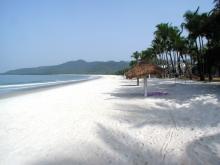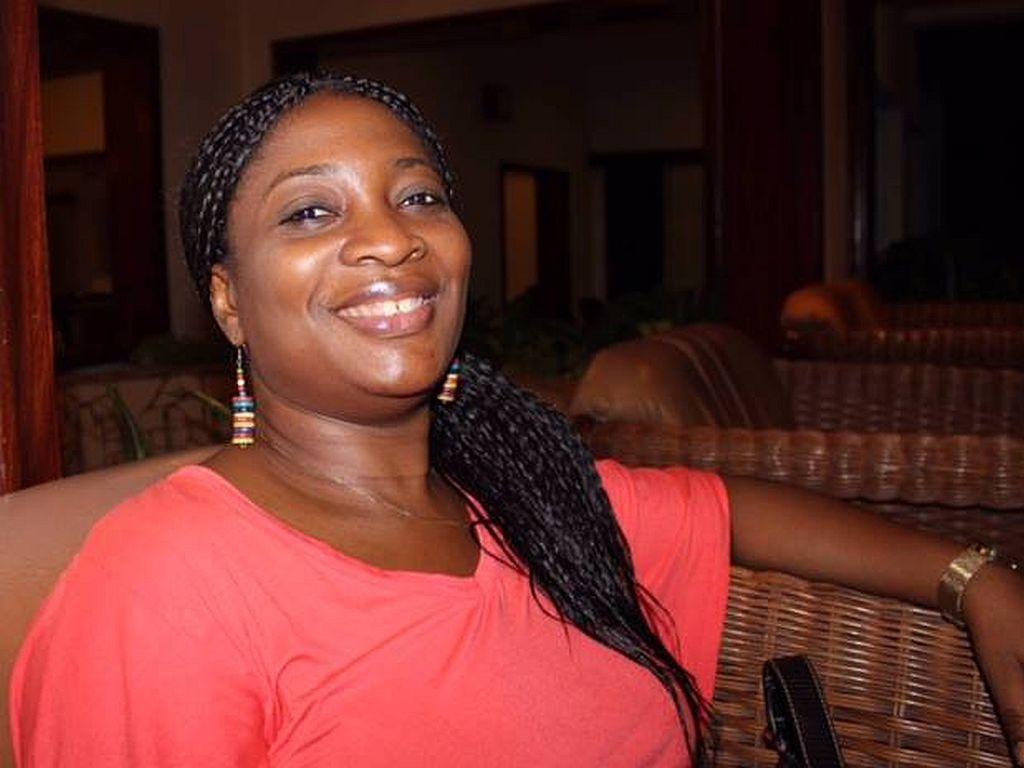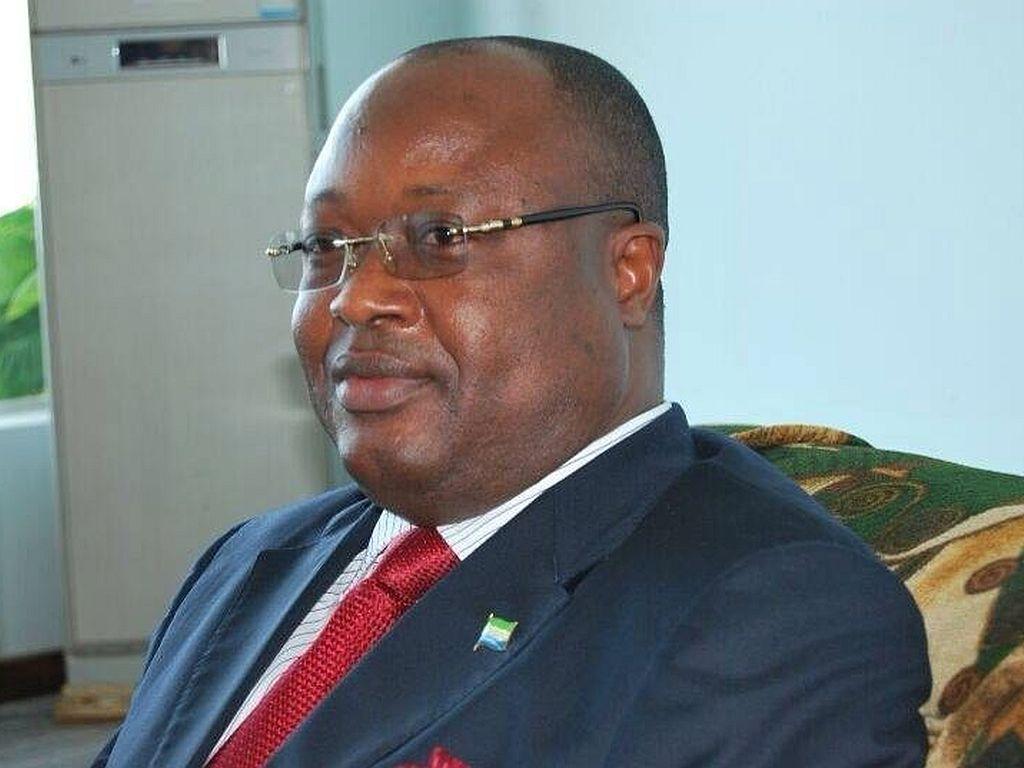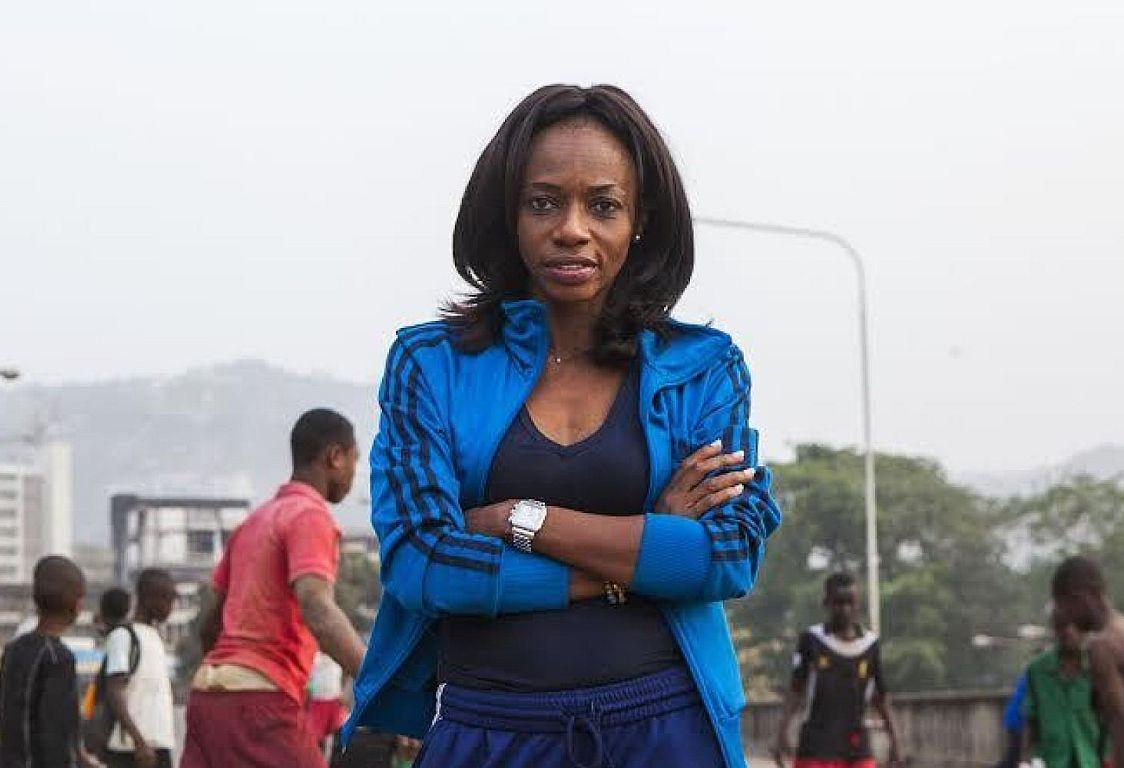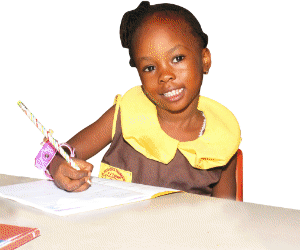By Kemo Cham
This week our children are heading back to school for the beginning of the 2020-2021 academic year.
For some bizarre reason, the Sierra Leone government decided that pupils in preschools will resume classes first.
When it made the announcement about the reopening of learning institutions last month, the Ministry of Basic and Senior Secondary Education (MBSSE) did not explain the reason for its format of the phased reopening. In its statement, MBSE only outlined its guidelines for school authorities in light of the ongoing Coronavirus pandemic.
But there was an issue that that statement was mute about, which is so very important yet hasn’t been seriously discussed in Sierra Leone - and that’s Covid-19 and children.
Last week Politico carried a story citing members of the Sierra Leone Teachers Union (SLTU) expressing concern about the apparent lack of preparedness for the reopening. The SLTU representative who spoke to my colleague said the MBSSE had promised to conduct training for teachers on management of classrooms and the larger school environment in the context of Covid-19, among others.
This is very important, especially so for teachers dealing with children. They are at particular risk of contracting the virus, if science is anything to go by.
There have been a handful of studies pointing to increasing evidence that children can have the virus without showing symptoms or even getting sick. At least two studies attributed to Chinese and US scientists documented instances of children with asymptomatic infection of SARS-CoV-2, the virus that causes Covid-19.
In one study, up to 13% of pediatric cases with SARS-CoV-2 infection were asymptomatic, reported the US Centers for Disease Control (US-CDC). This study, conducted by US scientists, states: “The prevalence of asymptomatic SARS-CoV-2 infection and duration of pre-symptomatic infection in children are not well understood, as asymptomatic individuals are not routinely tested."
The Chinese study, which was cited by Johns Hopkins, revealed that generally COVID-19 symptoms were milder in children than in adults. In that study published under the heading: “Pediatrics of COVID-19 in Chinese children, 90% of those who tested positive for the disease had mild symptoms, or none at all.
What this means is that we will have in our hands a horde of children with the Covid-19 virus moving between school and home, exposing elderly members of their families to the disease, if proper measures are put in place.
This issue should bother everyone, no doubt, but especially so those of us whose kids are in public schools, which are characterized by overcrowding, hence the importance of the concern raised by the SLTU.
While the children can contract the virus from home and take it to school, they can also contract it at school and take it home.
It is no secret that there is already a widespread community transmission of the virus in the country. Sources familiar with the data from the National Covid-19 Emergency Response Center (NaCOVERC) say an overwhelming majority of the current cases are coming from the communities.
But it is also important to note that like adults, children too face higher risks of developing severe symptoms if they have underlying medical conditions such as diabetes, obesity, asthma, lung disease, suppressed immune system, congenital heart disease and serious genetic, neurologic or metabolic disorders. And children with none of these conditions can still end up in intensive care units because of COVID-19.
This is how serious Covid-19 is, making it the concern of everyone.
In countries where schools have resumed already, there are reports of some schools reverting to online learning after they realized high infection rate.
In the United States, a school in Georgia, Cherokee County School District, north of Atlanta, reportedly had over 100 confirmed cases of Covid-19 by the end of its second week of classes, and more than 1, 600 students and staff were sent home after been exposed to those infected. By the third week, three of the district’s high schools had temporarily reverted to online classes.
A lot of other US schools have since followed suit.
Closer to home, Nigeria is still hesitant about the idea of reopening schools. The country’s Education Minister was quoted last week saying the government wasn’t convinced that schools were prepared enough to reopen.
Surely Sierra Leone cannot be expected to base its decision on a matter like this on what other countries think. But this is a pandemic. We learn from others’ experience. And when countries with far more resources than we have take decisions on an issue with a common effect, it is worth paying attention to.
In its statement outlining the school reopening guidelines, the MBSSE promised to work with all stakeholders, including NaCOVERC, to ensure that learning happens in safe and credible environment.
“Parents and communities will be invited to support the learning of their children by adhering to public health guidelines,” the statement read. This was reassuring. But there is a need to discuss the public health guidelines and how the ministry intends to ensure that they are followed.
Surely we aren’t just talking about hand washing and wearing of mask. There is also the uncharted issue of kids wearing mask.
The single major threat is overcrowding and that’s what we should be discussing, and that’s at the top of the teachers’ concern, according to the SLTU.
“We are willing to go to class, but the government has to play its part to ensure both the safety of the children and the teachers,” Alieu Been-Conteh, Deputy Secretary General of SLTU, told Politico.
“The key challenge is with the social distancing,” he said.
Obviously, social and physical distancing haven’t been adhered to by the general public and there is therefore very little expectation of this happening in schools under the current circumstance. Yet experts say decisions on control measures in schools should be consistent with decisions on other physical distancing and public health response measures within a community.
The Ministry of Health had spoken about expanding the beleaguered Free Health Care programme to schools. This is probably the perfect time to do so. And whatever measure is put in place must take account of Covid-19.
Every public school must have a school nurse. But I imagine what the face of the Health Minister will look like when he sees this and then think about the shortage of healthcare workers in health facilities.
But we must make difficult decisions that will ultimately affect the culture of school life. And this must include constant checking of everyone for symptoms each morning, including temperature checks. Rapid testing is also crucial.
There is also the school bus service. From the point of boarding to the journey to school, the scene hasn’t been different from what we have with the general public transport system. Children fight to board the vehicles which are almost always overcrowded.
Even before Covid-19, sanitation had been a major challenge for most schools. In the era of Covid-19, we only expect an improvement.
Copyright (c) 2020 Politico Online



